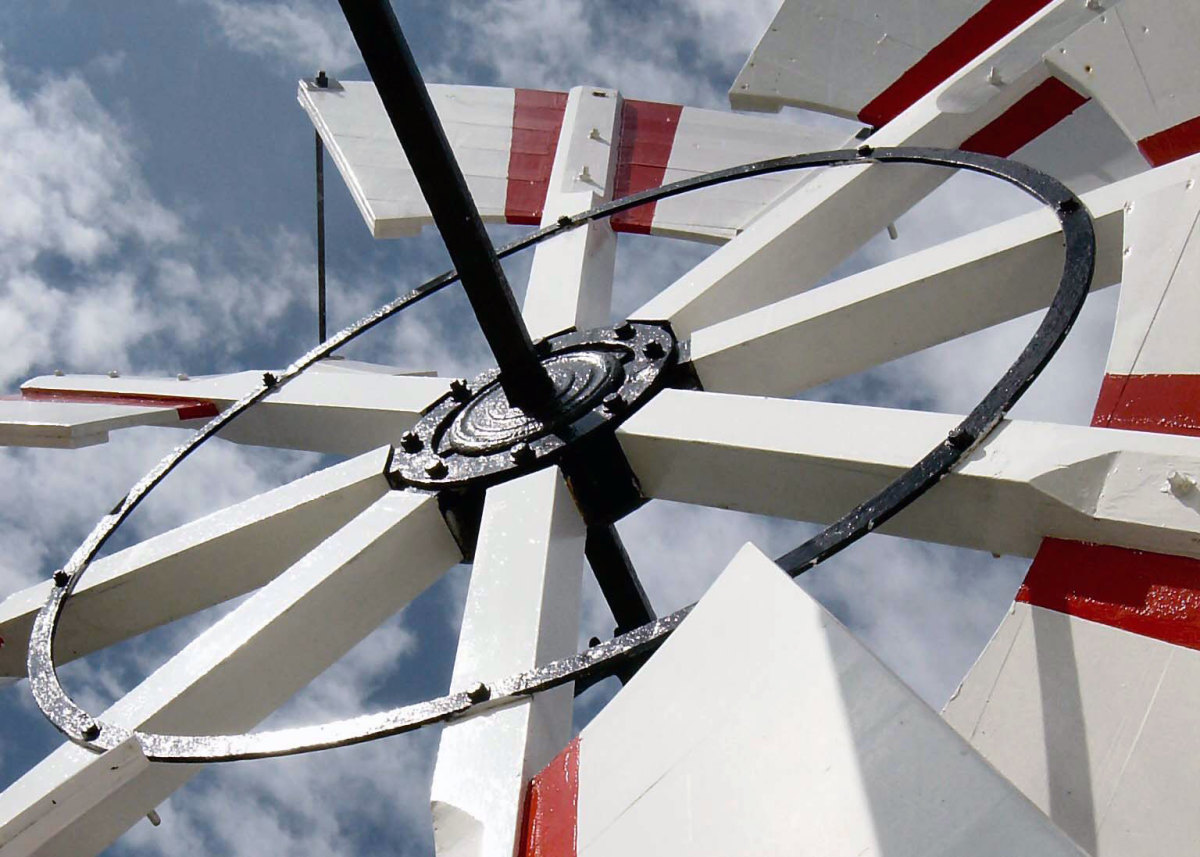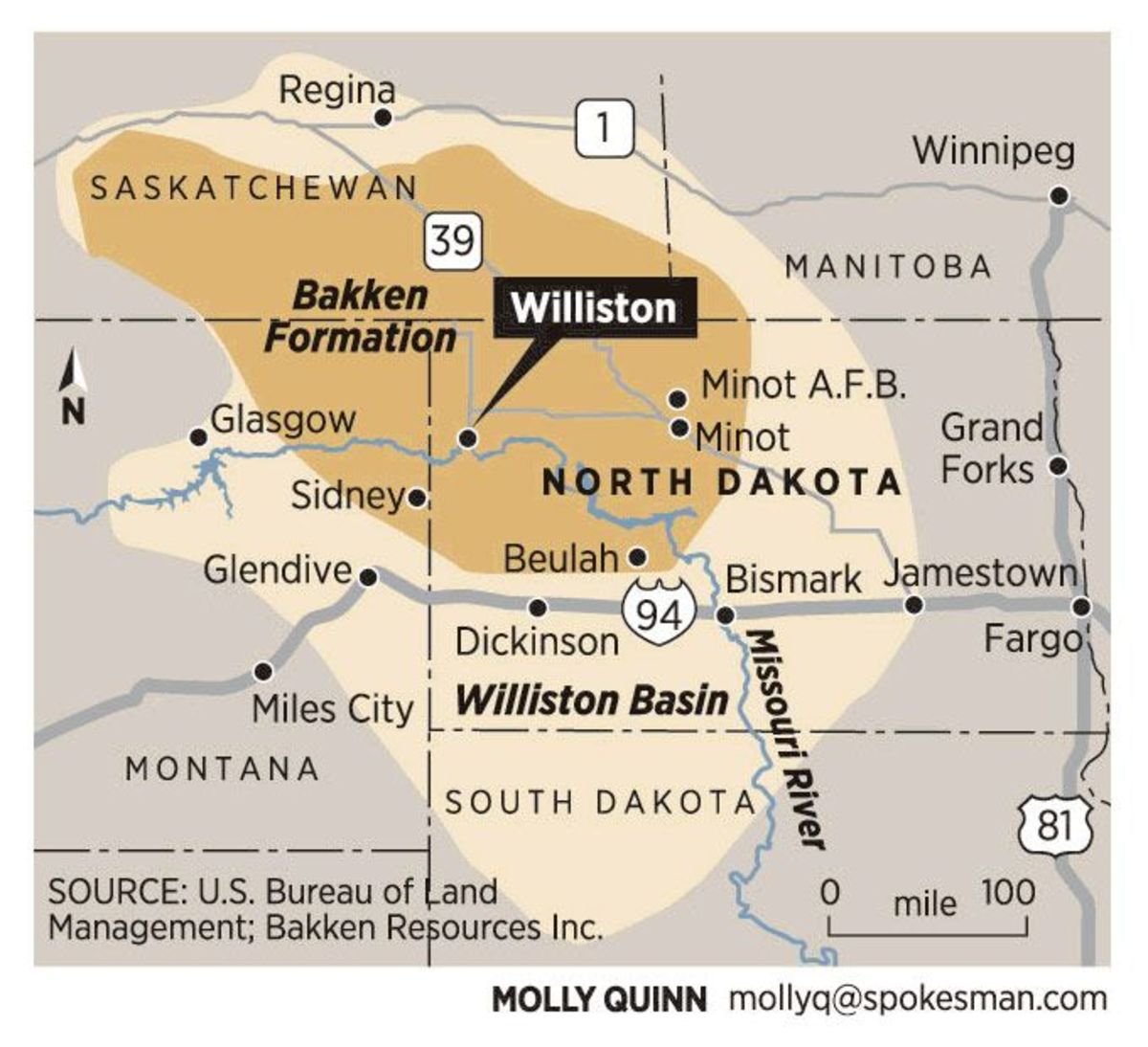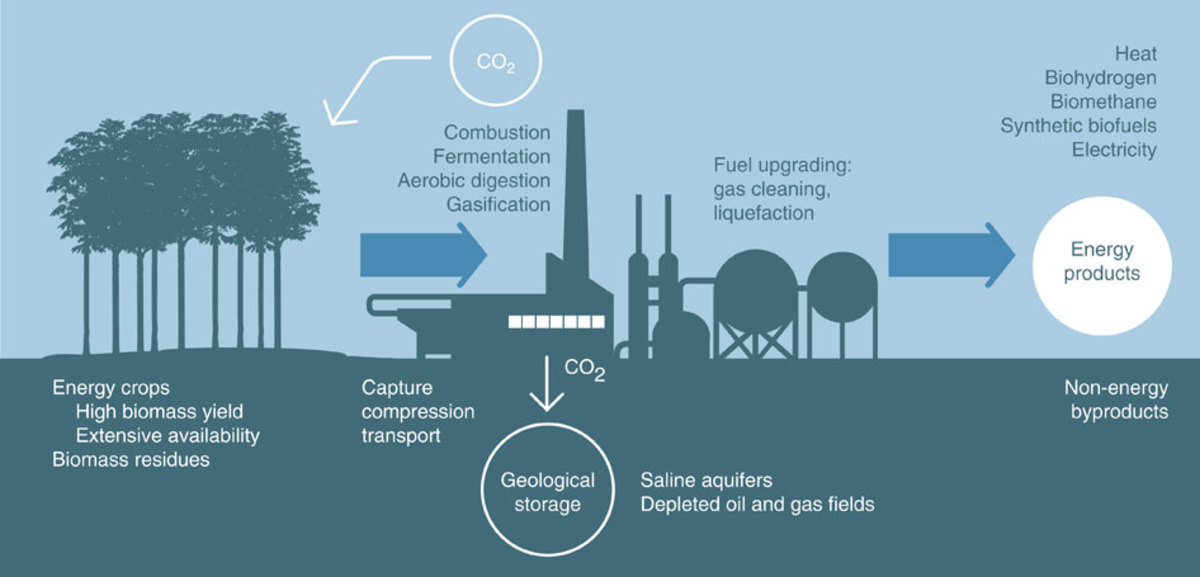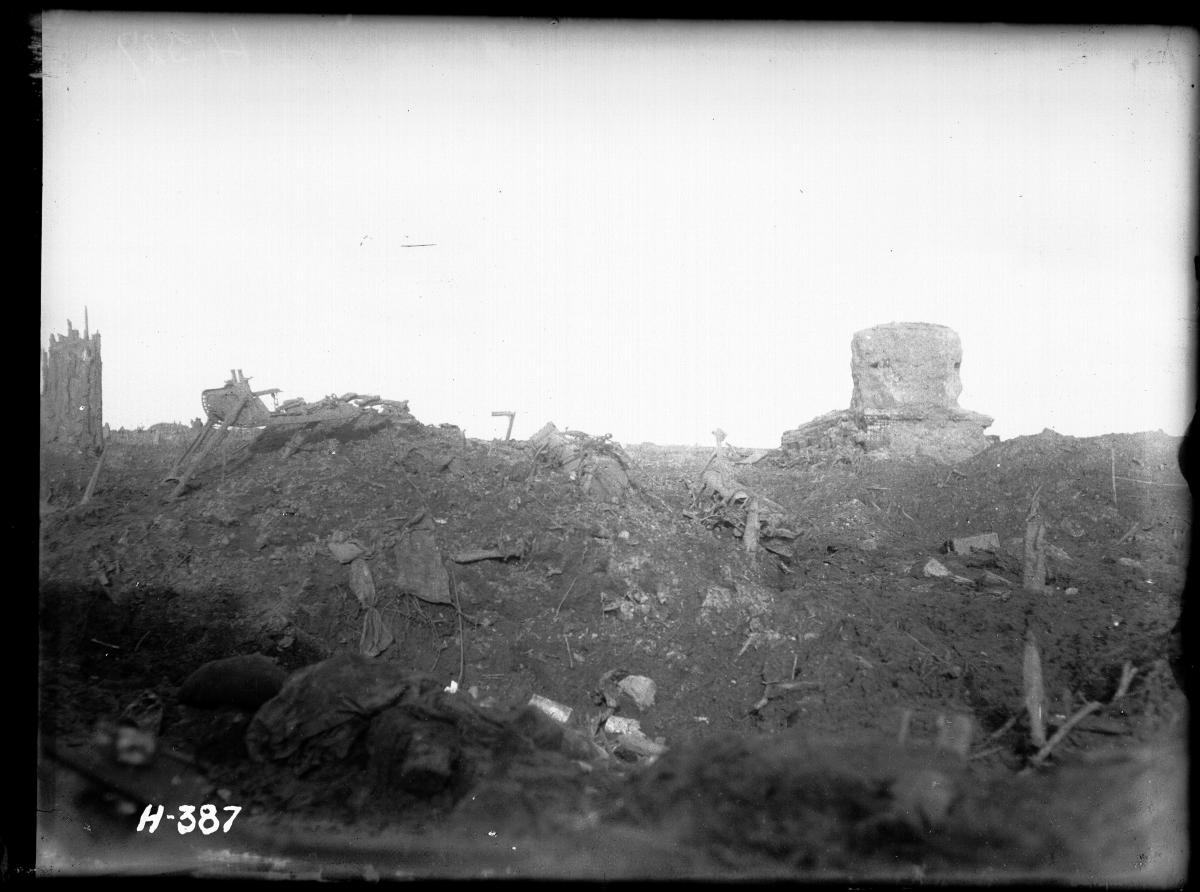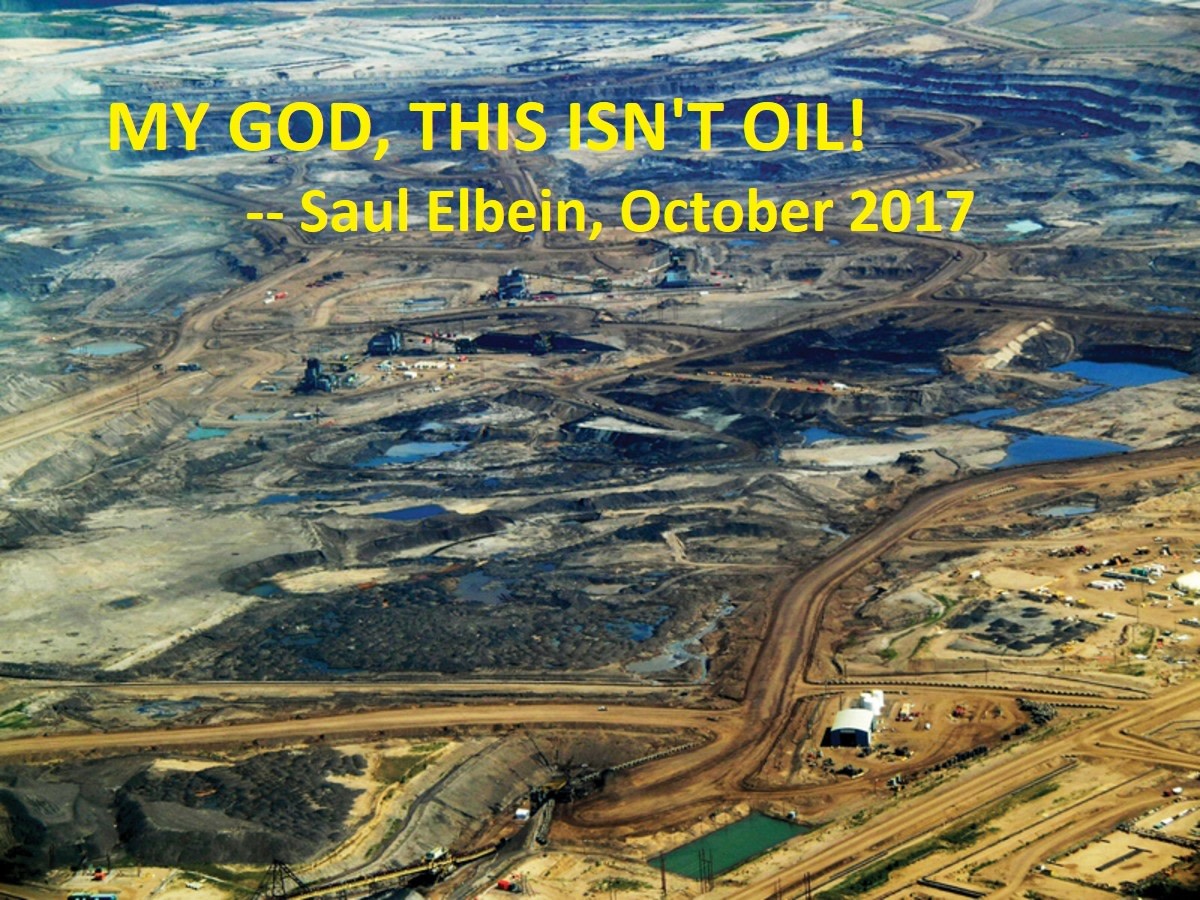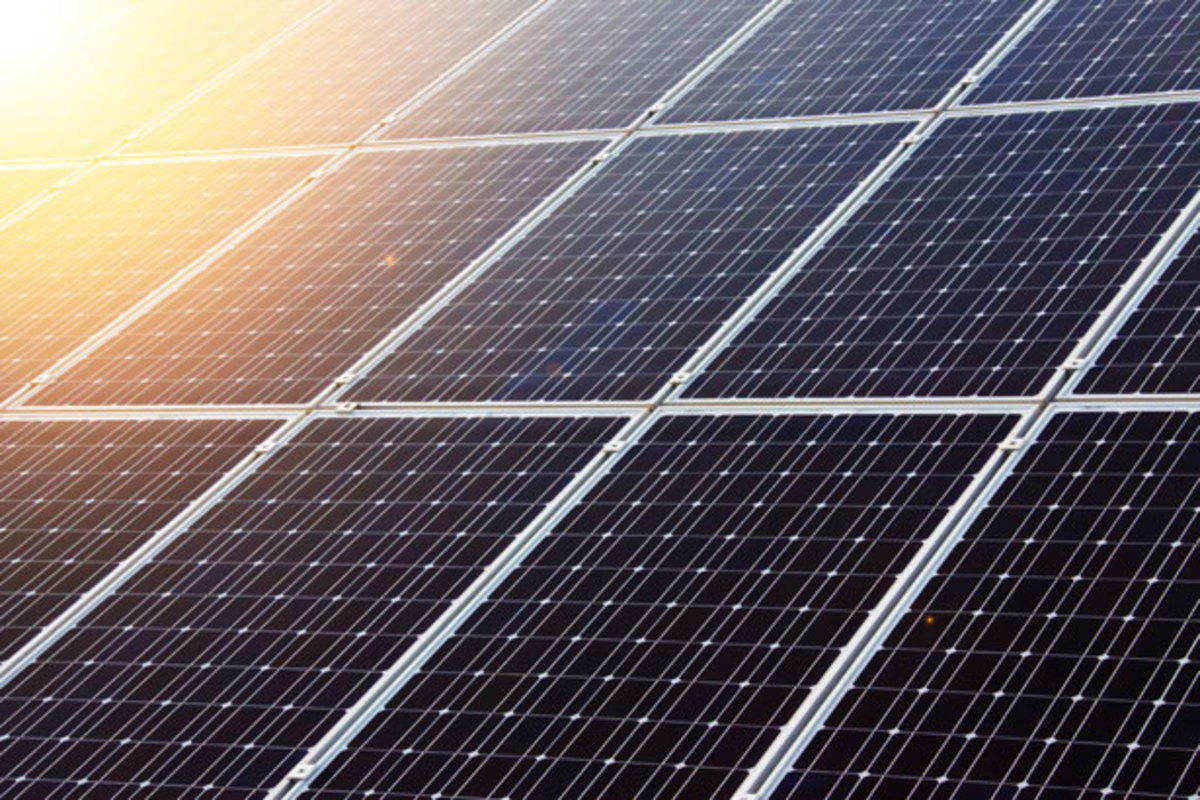Why Mideast Oil Producing Countries are Investing in Renewable Energy
Stop and think: Rich Mideast oil producing countries investing heavily in renewable energy and clean technology. No one saw that coming. But it is happening and with good reason.
Most studies report that petroleum and oil production are at their peak, if not already past it; and this is critical for nations whose economic systems thrive on the single commodity.
As the rest of the world moves toward sustainable energy alternatives, oil countries have reluctantly followed, not at all for pressure of environmental resourcefulness. Instead, these countries are doing everything possible to secure their energy and economic futures. Added benefits are good, too, only now some of these countries see opportunity with clean energy ever as great as their oil.
Range of MENA Countries
Oil in the Middle East and North Africa
The region of interest is known by the acronym MENA for “Middle East North Africa”. From Morocco to Iran, the area contains only six percent of the world’s population but boasts 60 percent of the world’s oil reserves and 45 percent of its natural gas reserves. Thus, it is an important aspect of global economic stability.
(MENA countries are Morocco, Algeria, Tunisia, Libya, Egypt, Israel, Lebanon, Syria, Jordan, Iraq, Iran, Saudi Arabia, Kuwait, Bahrain, Qatar, United Arab Emirates, Oman, and Yemen.)
Yet the changes occurring in these countries are the equivalent of the Flintstones meeting the Jetsons—robust renewable energy plans, advanced clean tech projects, universities dedicated to the science, and even a zero-carbon city on the verge of completion.
The “scurrying” that is happening, however, is country-specific. Different nations have different agendas and purposes for what they’re doing, actions that are both proactive and reactive to their situations.
One thing is for sure though: the days of a hydrocarbon-based society are waning and the greening of the world is slowly becoming a reality—and it isn’t anywhere more starkly contrasted than in the Middle East.
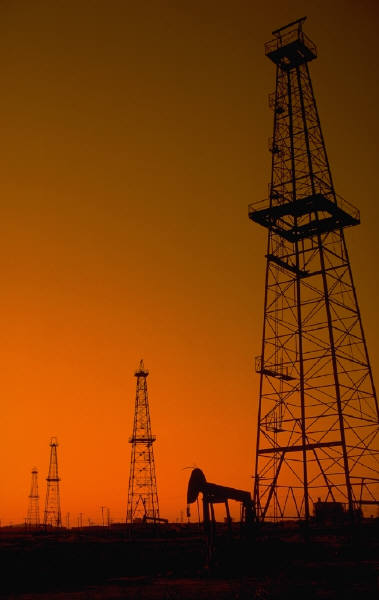
Energy Demand and the Need for Renewable Energy Sources
What is causing these wealthy oil nations to change their minds? Besides knowing that petroleum is coming to an end in the coming years, for dwindling supply and demand, there are immediate concerns that drive the need for alternative energy.
One is increasing oil demand coupled with rising costs. Urbanization and population growth worldwide and in the region are dictating change. Just in the Persian Gulf region alone, energy demand is expected to double in the next decade.
In Saudi Arabia, for example, the population itself is expected to double in the next ten years. The nation, which controls one-quarter of the world’s oil reserves, uses more oil than Germany, despite having more than 60 million fewer people. Saudi Arabia's domestic energy demands account for nearly ten percent of its total oil production. With the world requiring more oil (at stiff prices that only spur clean energy R&D) and growing demands at home, a situation like in Saudi Arabia quickly becomes an economic concern.
Beginning of a Post-Oil Era?
- A partnership of European and Middle Eastern companies have proposed to build 100 gigawatts of concentrated solar plants throughout certain MENA countries to deliver electricity to Europe through a new grid of high-voltage lines transmission beneath the Mediterranean Sea; and all of North Africa is interested.
- Saudi Arabia has announced its aims to generate solar energy at an equivalent capacity to it oil export generating capacity.
- Kuwait has aimed for five percent renewable capacity by 2020 and Jordan is targeting ten percent by the same time.
- Algeria is developing its own low-carbon city, Boughzoul, which will be not unlike the UAE's revolutionary Masdar City.
- Egypt is building two new winds farms in the Gulf of Suez.
Clean Energy Diversification
Oil producing countries are also making the switch to renewable energy for the sake of diversification. With domestic energy demands doubling every few years, billions of dollars in revenue are being lost that would otherwise be money pocketed in the sell of export. Diversification is one way to mitigate the high demands on a dwindling commodity.
It is beginning to make sense in these nations despite a slow and cautious dissolution with oil. Yet many of these countries are perfectly suited for alternative energy technology. Why wouldn’t a nation baking under the sun take advantage of solar power? A wind-swept country bordering a large body of water is prime for wind farms.
Sure, anyone can respect the trepidation that would attend weaning off a commodity that makes a nation and its citizens extremely wealthy; but when those same nations are greatly contributing to environmental problems and have the wherewithal to support themselves with clean alternatives, stagnation no longer makes sense. Fortunately, many nations in the region are now catching on.
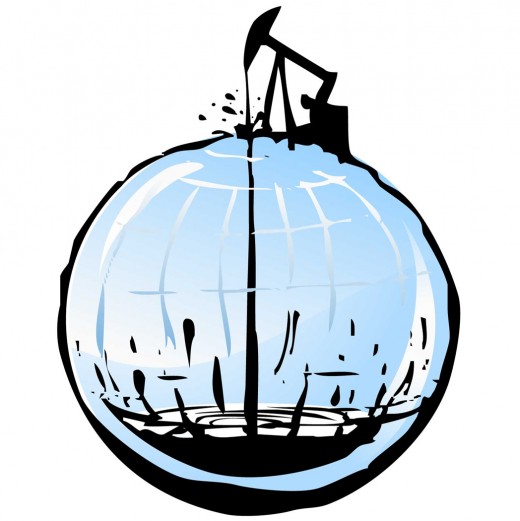
Clean Tech Research and Development Leadership
The chance to take the lead in the clean tech field for R&D and technology is another reason Mideast countries are investing billions of oil dollars in alternative energy. And there is some wisdom here: Technologies developed to fit local problems help lessen the costs to import it.
In Saudi Arabia the King Abdullah University of Science and Technology inThuwal is an example of an innovation incubator purposed to turn ideas and invention into economic viability. The King Abdullah City for Atomic and Renewable Energy was designed to coordinate and direct policy and research in solar and water power sectors.
The crowning achievement in the region for sustainability research and development, and perhaps the world, is Masdar City in the United Arab Emirates.
Exciting Masdar City Video!
Masdar City: The Jewel of Eco-Cities
There are endeavors in China, South Korea, and Scandinavia, to name a few, that are purposed to be true eco-cities. The problem is they are all still in the design or planning stage, or stalled. Masdar City, located 11 miles outside the city of Abu Dhabi, is nearing completion.
This is no ancient walled city. It is walled indeed but newly-built from the ground-up and designed to rely completely on renewable energy and produce zero-carbons.
The project began in 2006 and became habitable in 2009. It covers 2.3 sq. miles and will accommodate 50,000 people, several universities, and 1,500 businesses specializing in environmental products.
Sheikh Khalifa bin Zayed Al Nahyan, the ruler of Abu Dhabi, is footing the bill, estimated to be as high as $30 billion.
Masdar City contains the largest solar farm in the Middle East, which powers it and eliminates the need for oil. The city is compact (a sustainability plus) and walled with narrow streets that allow buildings to shade one another, all of which combats the blistering heat of the region. Wind towers are also used to draw air through the streets.
Standard automobiles are required to be left outside the city. Then, a person chooses a mode of transport, from walking to the unique podcars. The podcars are driverless vehicles guided by magnetic sensors and operate on solar energy. Programmed to travel wherever a passenger asks, they are fully autonomous.
This eco-city is in one way the capital of renewable energy endeavors. It is the now the headquarters for the International Renewable Energy Agency.
Masdar City is major, so major that it makes me wonder if the Mideast's "Great Leap" in alternative energy will leave the rest of the world knocking at its door again as it has for oil. So Masdar City—and all those like it to come—is another reason Mideast oil producing countries are investing in renewable energy.

